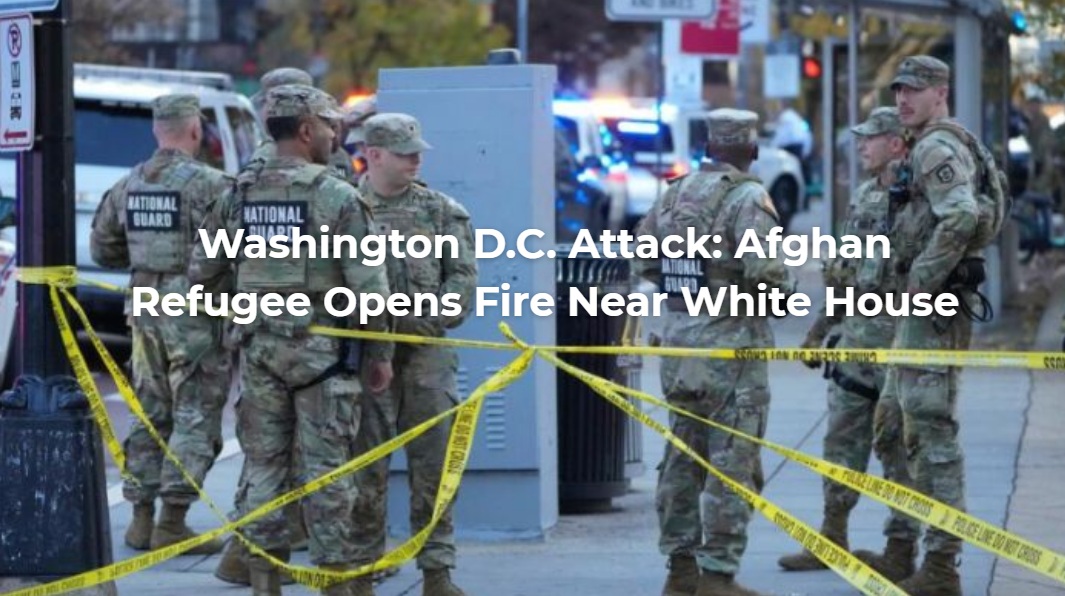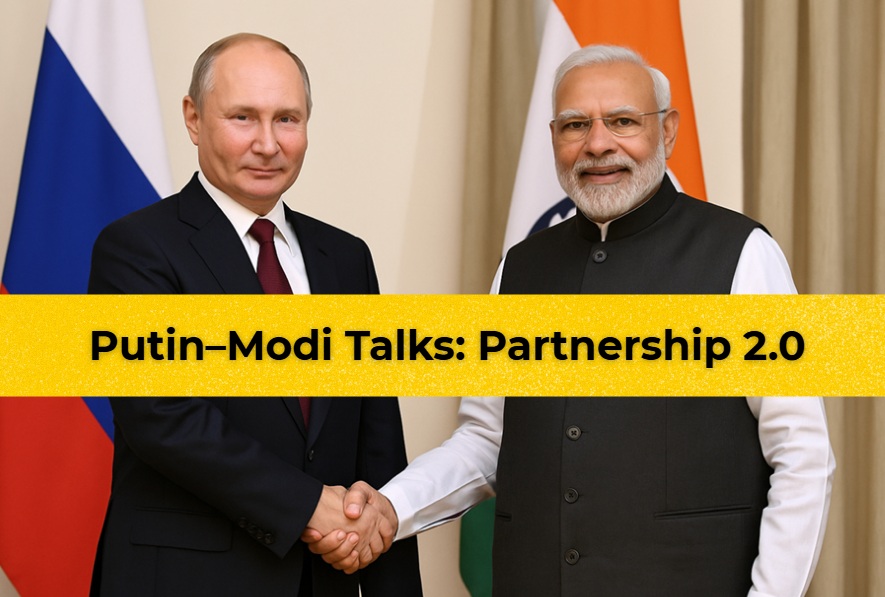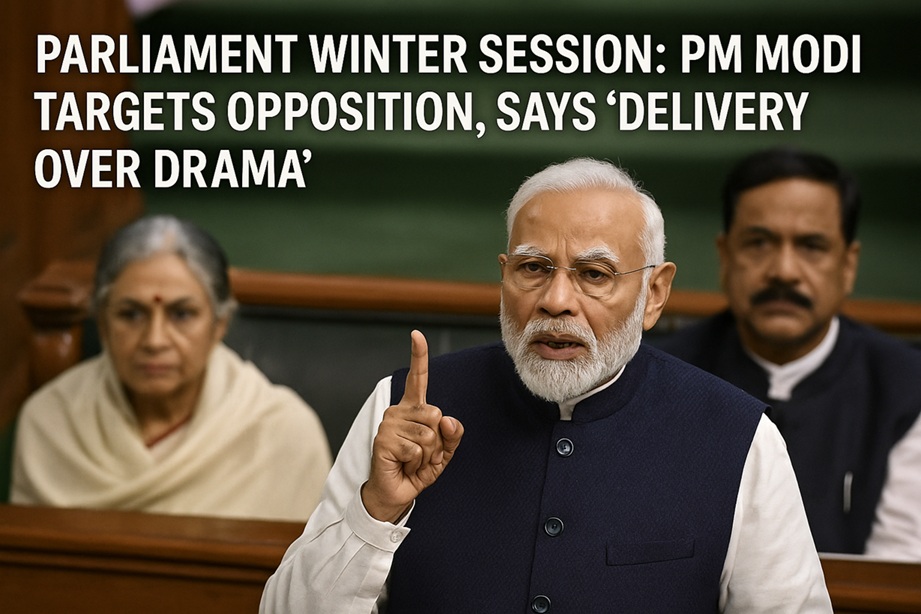In what appeared to be a rare diplomatic breakthrough, India and Pakistan agreed to a full ceasefire on May 10, 2025, announced with much fanfare, and backed by none other than former U.S. President Donald Trump. Yet, the events that unfolded within mere hours laid bare a harsh truth: this was not a peace agreement—it was a cover-up for Pakistan’s strategic defeat and a ploy to escape the consequences of its own misadventures.
The Ceasefire Announcement: A Desperate Retreat in Disguise
The ceasefire was not born out of mutual goodwill or confidence-building measures. Behind closed doors, it was Pakistan that sued for peace after taking a punishing blow from India’s Operation Sindoor, a military response launched in retaliation for the Pahalgam terror attack, allegedly backed by Pakistani handlers.
Key Losses Incurred by Pakistan (As Per Defence Analysts):
Airbases rendered inoperative by precision strikes.
Multiple F-16 and JF-17 fighter jets downed.
Drone command centers neutralized in deep strikes inside Pakistan-administered Punjab and PoK.
High-value targets including terror camps and supply depots destroyed with surgical efficiency.
Stunned by India’s devastating retaliation, Pakistan scrambled for backchannel deals, begging for a ceasefire through diplomatic backdoors. Yet, rather than admitting defeat, Prime Minister Shahbaz Sharif spun a web of victimhood—launching Islamabad’s greatest geopolitical con: tricking the world into believing Pakistan was the wronged party.
Trump’s Ill-Timed “Peace-making”: A Lifeline for Islamabad
Enter Donald Trump, the former American president who thrives on playing the dealmaker. Seizing the opportunity for a headline, Trump tweeted on May 10 calling for “restraint” and “de-escalation,” effectively shielding Pakistan just when India had the upper hand.
Why Did Trump Step In?
Misled by Islamabad’s Narrative: Pakistan painted itself as a victim of Indian aggression.
Ego and Optics: Trump sought to portray himself as a global peacemaker, without fully grasping the regional context.
China’s Influence: Experts suggest Beijing may have pushed behind the scenes to save its all-weather ally from total collapse.
Trump’s intervention, hailed by Pakistan as a “diplomatic win,” gave them just enough breathing room to regroup—if only temporarily.
The Ceasefire Betrayed: Pakistan’s Immediate Violations
Barely hours after the ceasefire came into effect at 5:00 PM, Pakistan launched a fresh wave of cross-border aggression, shattering the illusion of peace.
Violations Reported:
Shelling in Barmer (Rajasthan) and Baramulla (Jammu & Kashmir).
Drone incursions over Srinagar, Udhampur, and even Kutch (Gujarat).
Explosions reported across Srinagar, sparking civilian panic.
Air defence systems activated in multiple districts amid siren warnings and night-time blackouts.
One of the most tragic outcomes was the death of Sergeant Surendra Kumar, who was killed after a Pakistani missile strike hit the Udhampur air base, bringing the death toll in the recent escalation to 23.
Key Fallout Events:
Emergency blackouts enforced in border districts across Punjab, Rajasthan, and J&K.
Drone interceptions carried out by India’s armed forces to prevent deeper incursions.
₹10 lakh compensation announced for families of victims by J&K CM Omar Abdullah.
Advisory to Media from the Ministry of Home Affairs: Restrict use of air raid siren sounds to avoid unnecessary panic.
Pakistan’s Long History of Ceasefire Deception
This isn’t the first time Pakistan has used ceasefires as tactical pauses rather than peace gestures. The country has repeatedly violated LoC agreements to:
Regroup and resupply terror outfits.
Gather international sympathy by crying “aggression”.
Buy time diplomatically while sustaining its proxy war strategy.
The May 2025 ceasefire is just the latest chapter in Pakistan’s playbook of deception. Unfortunately, Trump’s naïveté made him an unwitting partner in this ruse.
India’s Strategic Patience: Tactical Ceasefire, Not Surrender
Critics questioning India’s agreement to a ceasefire miss the forest for the trees. India’s decision was tactical, not a concession. The reality is stark:
Why India Still Holds the Upper Hand:
Military dominance reaffirmed through overwhelming success in Operation Sindoor.
Economic pressure tactics like trade restrictions and water treaty renegotiations remain in force.
Doctrinal clarity: Any future terror attack will trigger full-spectrum retaliation.
As India’s strategic doctrine shifts from reactive to pre-emptive, Pakistan faces the chilling reality of diminishing global support and increasing isolation.
Conclusion: Trump Got Played, But India Won the Round
The ceasefire drama of May 10, 2025 will go down in history not as a milestone of peace—but as a textbook case of diplomatic manipulation. Pakistan fooled Donald Trump, portraying itself as a peace-seeking victim while violating the agreement within hours. However, India’s disciplined response, military preparedness, and long-term vision expose the hollowness of Pakistan’s narrative.
The Verdict:
Trump’s tweets bought Pakistan time—but not victory.
India’s strategic patience and power projection prevail.
The ceasefire is a pause, not peace—and the next violation might just be Pakistan’s last misstep before overwhelming retaliation.
As tensions simmer under the surface, one thing is clear: India is playing the long game—and winning.
#PakistanIndianWar #Chandigarh #CeaseFire #usa #CeasefireViolations #Jammu #Uddhampur #Srinagar #DonaldTrump #indiacounterdronestrikes #indiapakistanwar #operationsindoor #s400defense #pahalgamattack #pakistanattacksindia #indiaattackspakistan #indiapakistantensions #operationsindoor #indiapakistanconflict






